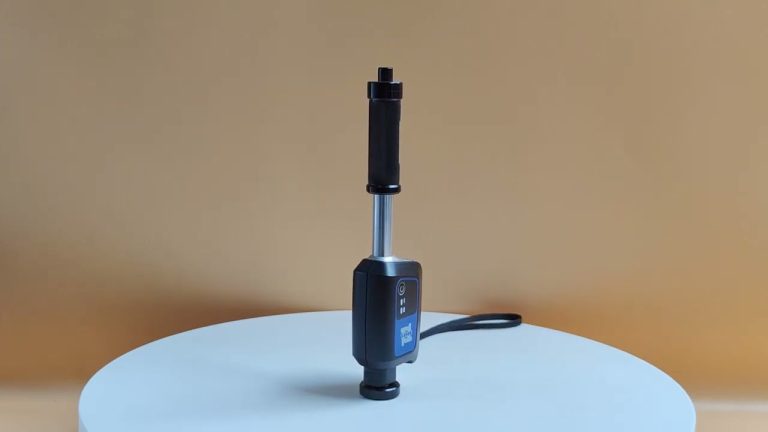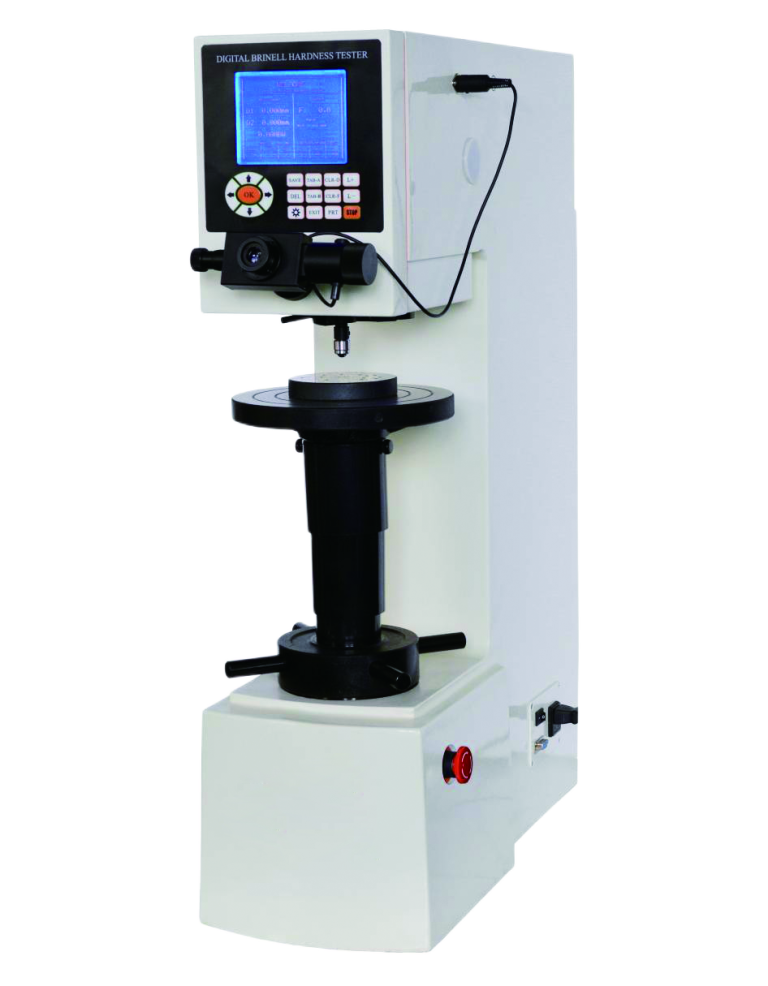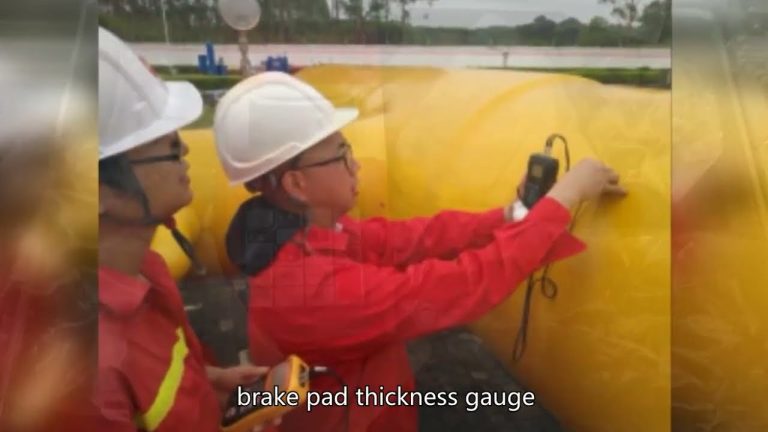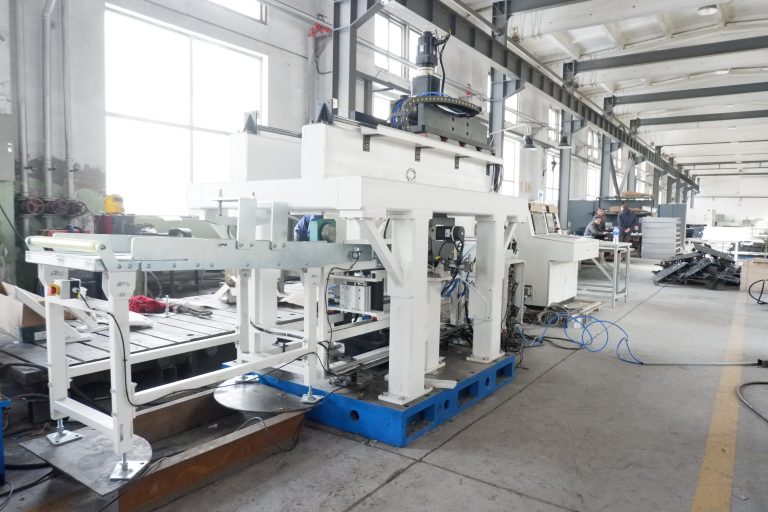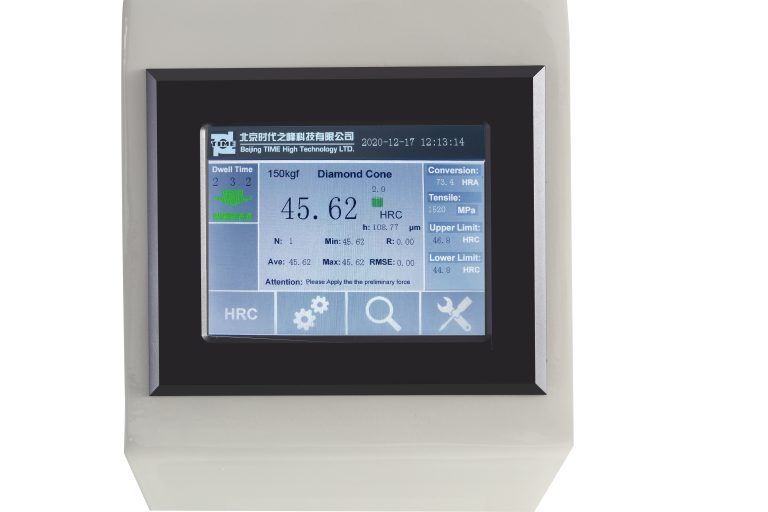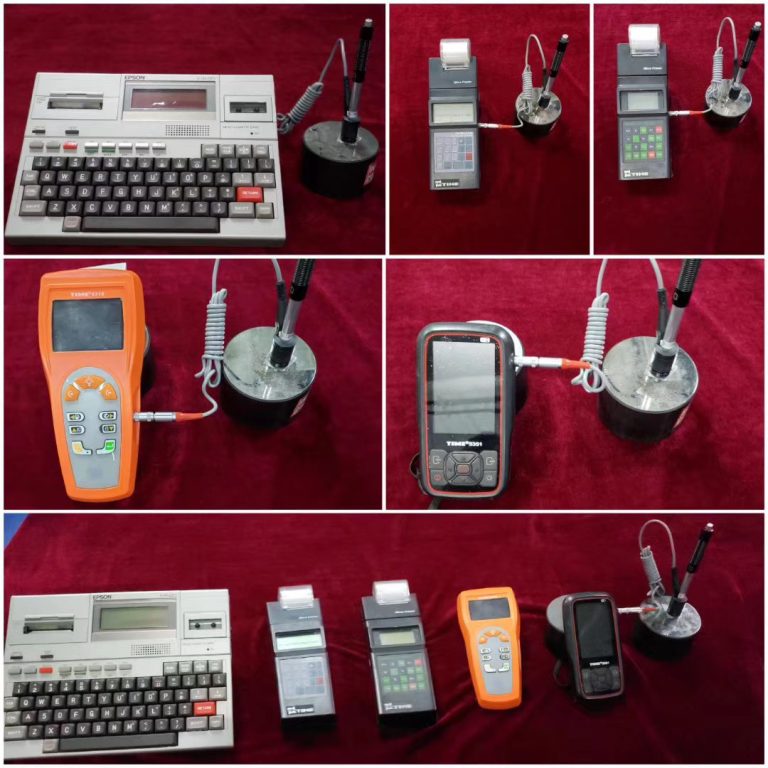Because the energy of high-frequency ultrasound between the ultrasonic probe and the material being tested when detecting flaw with the ultrasonic flaw detector is a kind of mechanical wave.
The propagation of mechanical wave requires a specific medium, and the propagation speed in different media is also different. It cannot propagate at all in a vacuum. Therefore, during ultrasonic flaw detection, a medium is needed between the material to be tested and the ultrasonic probe, which is the coupling agent.

The specific coupling medium that should be used as coupling agent during ultrasonic flaw detection also needs to be considered based on the material, surface condition and subsequent processing procedures of the workpiece being inspected on site. For example, general steel plates, steel structures, and pipeline flaw detection can be directly selected. As a coupling medium, engine oil is cheap and rust-proof. However, some of the workpieces to be inspected are raw materials and need to be processed later. In this case, oil-free media such as chemical paste and special ultrasonic coupling agent need to be used as coupling agents.
High-temperature coupling agent should also be used during ultrasonic flaw detection of high-temperature workpieces. Also, the same coupling agent should be selected for calibration and measurement. The coupling agent should be used in an appropriate amount and applied evenly. Generally, the coupling agent should be applied to the surface of the material being measured. However, when the measurement temperature is high, the coupling agent should be applied to the ultrasonic probe.

